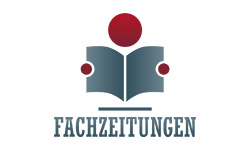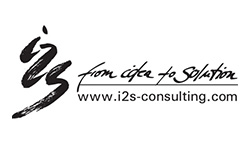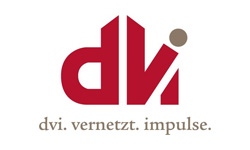The Dr. Harnisch Verlag in Current Events/History
Since 1811 the printing house J.J. Arnd existed in Fulda. Ernst Reisner re-founded the company in 1897 as Verlag J.J. Arnd in Leipzig. The original publishing programme was to publish textbooks for schools as well as basic works for crafts in the fields of wood, metal and mechanical engineering and, finally, the famous “Railway and Traffic Atlas of Europe”. In 1901 Ernst Reisner founded his own assortment and travel bookstore, which successfully took over the distribution of the J.J. Arnd Verlag production. In 1905 he founded the architecture magazine “Der Profanbau”. Under the editorship of Prof. Dr. Licht, the City Planning Council of Leipzig and builder of the Leipzig Town Hall, it quickly developed into one of the most respected architecture magazines in Germany. The First World War was a difficult test for Ernst Reisner. Only the fact that he was assigned to supply the field bookstore of the Third Army with everything a soldier needed, from a notepad to a cigarette, made it possible to maintain business operations.

Ernst Reisner founded the company in 1897 as Verlag J.J. Arnd in Leipzig, Salomonstraße 10, in the graphic quarter.
After the end of the First World War, almost all publishers had to start all over again. Ernst Reisner had recognised that promoting exports would be a profitable business model and, with the help of his brother, founded “Die deutsche Überseepost” on 1 July 1919, the world’s first export magazine. Already in 1921 the magazine had a confirmed circulation of 11,000 copies, of which two thirds went abroad. Übersee-Post was the first and for a long time the only German export magazine. Year after year, Ernst Reisner and his staff expanded Übersee-Post. In 1923, he took on Georg Lösche as a partner who, as a world-class polyglot, brought with him his own industrial and foreign experience. The magazine appeared with generous pictures in copperplate gravure. The orange-colored issues finally appeared in the two series Technology and Consumer Goods in 52 editions per year in English, French, Spanish, Italian and Portuguese. At the end of the 1920s, the publisher’s mailing list comprised half a million addresses. In 1926, the “Handbuch für den Außenhandel” and other export literature were published for the first time.
Between 1933 and 1939, export promotion activities continued to increase. The publishing house kept away from the political leadership, but instead sought the proximity of the official economy. Übersee-Post became the organ of the Reichsmesse Leipzig. The companies that cooperated with Überseepost were a reflection of the entire economy: Deutsche Bank and Commerzbank, BMW, Mercedes, Pelikan, Steiff, … During the war, export promotion became more difficult. Numerous markets were only accessible to a limited extent. Editorial contributions by economics professors and institutes focused on export markets in Southern Europe, especially in conquered regions.
The Second World War claimed many victims. In December 1943 the publishing house was destroyed. The Übersee-Post continued to be produced under the war address Saalfeld at the printing site. The last issue of Übersee-Post was published in November 1944.
New beginning 1948 in Nuremberg
In 1948, reconstruction began in Nuremberg, this time for economic reasons. The knowledge of the publishing specialists and exporters, as far as they survived, remained and gave new impulses to the continuation enterprise starting from autumn 1948. In 1948 the first publishing house was the Carlton Hotel in Nuremberg. The first issues of ÜBERSEE-POST appeared in February 1949.
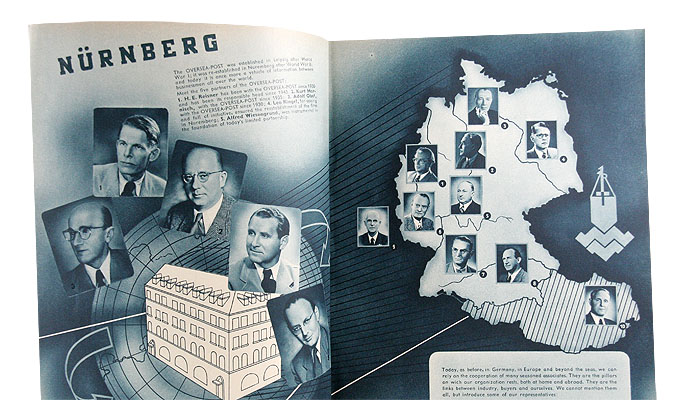
The first issues of ÜBERSEE-POST after the 2nd World War appeared as early as 1949.
New heads had to take the lead or were added: Hermann E. Reisner, son of the founder and head of the publishing house since 1943, rebuilt the publishing house in Nuremberg with some partners. Leo Ringel, with his vision and great initiative, laid the foundations for the reconstruction, Alfred Wiesengrund made the form of today’s society possible. Kurt Harnisch had been with ÜBERSEE-POST since 1935. After the retirement of Hermann E. Reisner in 1954, Kurt Harnisch and Adolf Obst took over the publishing house. ÜBERSEE-POST went out to the world day and night in large editions. It was unique in its kind, had a special character, reached the target groups relevant to advertisers and buyers and had a considerable editorial environment.
In 1967 Dr. Günter Harnisch (1937 – 2017) took over the publishing house and changed the publishing name to Dr. Harnisch Verlagsgesellschaft in 1984. With the renaming of ÜBERSEE-POST to “Dr. Harnisch Verlag” and the move to Blumenstraße, Günter Harnisch reinvented the publishing house. The importance of export titles declined, contacts to Eastern Europe, Russia and China led to new publishing products and service activities for Comecon companies. After the end of the Soviet Union, the publishing house published business guides for Russian regions, Azerbaijan, Kazakhstan and Uzbekistan. One highlight was the production of a leather book of the life story of the Kazakh national hero with brass clasps.
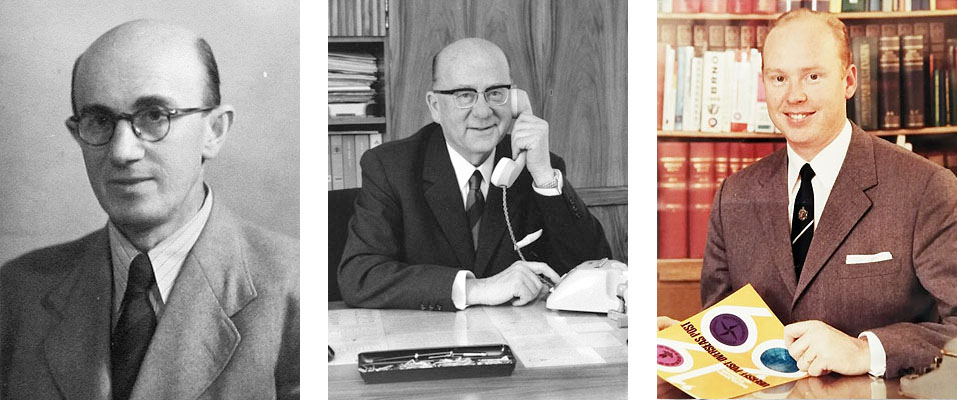
Dr. Günter Harnisch took over the publishing house from Adolf Obst and his father Kurt Harnisch in 1967.
New publishing strategy
In 1985 Günter Harnisch decided to change the publishing strategy further. Benno Keller (*1950), previously at Springer-Verlag, New York, joined the publishing house, initially for “Innovation” and later as Publishing Director. The new orientation of the publishing house resulted in the creation of a number of trade journals, the international and German food and beverage group and trade magazines for other areas.
Dr. Claus-Jörg Harnisch (* 1974) joined the publishing house in 2004 and took over the management in 2009, during which time the entire publishing programme was revised and updated – Neue Branche Metall, Relaunch dedica, spin-off of the VDMA title Pumpen und Kompressoren, Neue Entwicklung des fng Magazins für den Handel mit Sonderausgaben für die Schweiz, für Getränke und Tabak.
In 2018 Benno Keller took over half of the publishing house. A number of new specialist magazines were created which, despite pessimistic assessments of print media, have immediate success in their respective large niches.
Today, Dr. Harnisch Verlag with its 18 trade journals is a reliable partner for many industrial sectors in Germany and worldwide. The publishing program focuses on the food and beverage industry, the food trade, the construction industry, the wood processing industry, process technology, precision tools and the advertising media industry.
Readers particularly appreciate the top-quality specialist articles, application reports and product innovations. Due to the editorial feeling for trends and important topics of the different markets, the trade journals of the Dr. Harnisch Verlag are indispensable reading as well as efficient advertising media in print and digital.

Dr. Claus-Jörg Harnisch (left) and Benno Keller (right) run the publishing house today.





